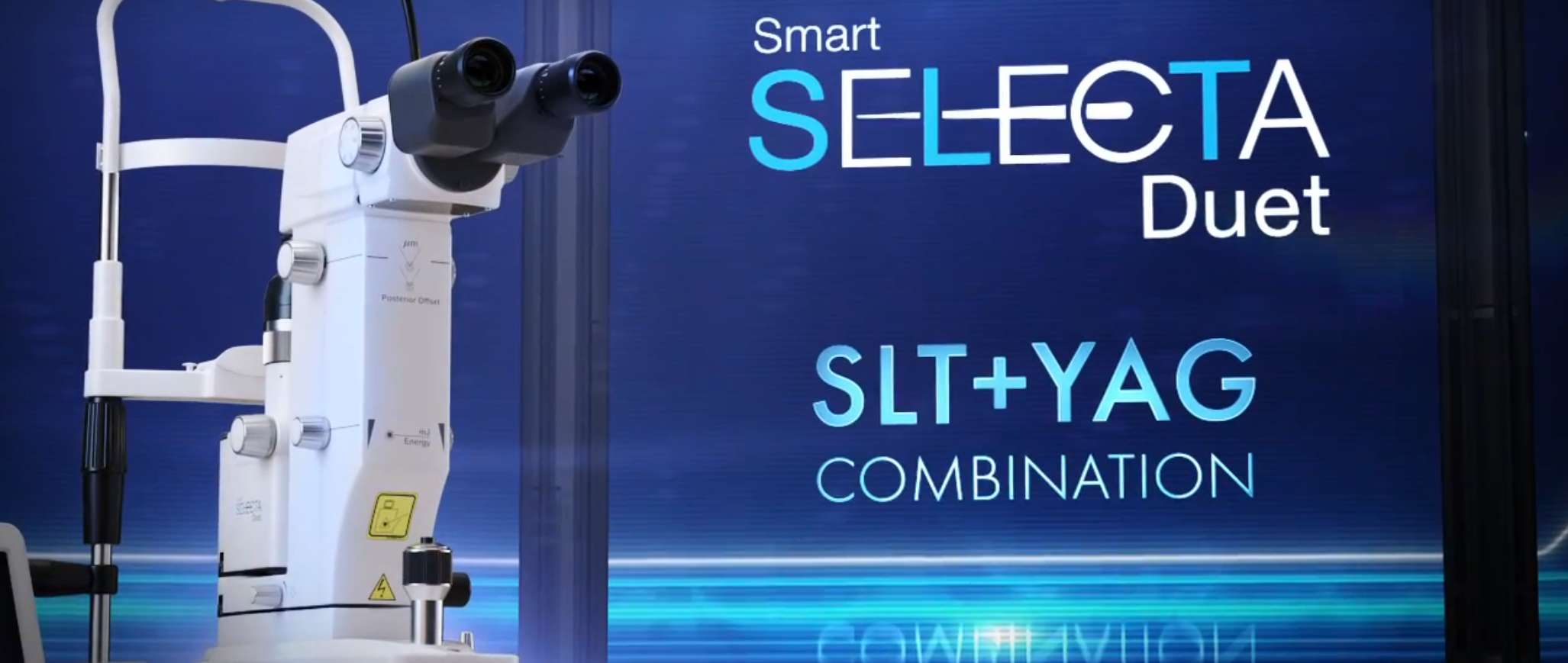

 by
Mamisoa Andriantafika
by
Mamisoa Andriantafika
In ophthalmology, the YAG laser allows for precise and non-contact surgical cuts. It is mainly used to perform an iridotomy to treat or prevent closed-angle glaucoma or a capsulotomy in the case of secondary cataracts.
After a cataract surgery that involved removing the opaque lens from the capsular bag, a secondary cataract may develop in approximately 10% of cases within 2 years. It is a secondary opacification of the capsular bag that obstructs vision. When significant, it causes symptoms similar to cataracts.
A capsulotomy involves creating an opening at the back of the capsular bag to restore transparency of the visual axis. This opening is made using the YAG laser. The procedure is done on an outpatient basis. The patient is pre-dilated. The laser treatment can be performed with or without the use of a lens placed on the eye. It is painless, and recovery is rapid.
Complications are extremely rare, and your ophthalmologist will inform you about them properly.
An opening is made at the back of the capsular bag to restore transparency of the visual axis.
Iridotomy
A peripheral opening is made through the iris to allow for an additional pathway for the circulation of aqueous humor.
A unique eye configuration where the angle between the iris and the cornea is very narrow can cause acute closed-angle glaucoma.
An iridotomy involves creating a small peripheral opening through the iris to allow for an additional pathway of aqueous humor circulation, even if the angle closes. The procedure is performed on an outpatient basis. Drops are instilled in the patient's eyes beforehand to constrict the pupil and fully expose the iris. The laser treatment lasts a few minutes and is painless. Recovery is very rapid.
Complications are rare, and your ophthalmologist will inform you about them properly.
The most common treatment for glaucoma is the use of eye drops. Selective Laser Trabeculoplasty (SLT) is a YAG laser treatment that increases the outflow of aqueous humor by targeting pigmented cells in the trabecular meshwork. It is particularly effective in pigmentary and pseudoexfoliative glaucomas.
The procedure is performed on an outpatient basis. Drops are instilled in the patient's eyes beforehand to constrict the pupil and fully expose the angle. The laser treatment lasts a few minutes and is painless. Recovery is very rapid.
Recent studies have shown that this procedure is very safe and highly effective. It can be used as a first-line treatment, replacing eye drops, or in
addition to other existing treatments when the glaucoma is not well-controlled.
There are numerous advantages. If used as monotherapy, the patient no longer needs to remember to use eye drops. This allows for better long-term control of intraocular pressure. The absence of eye drops helps preserve ocular surface health, considering that glaucoma treatment is usually lifelong.
In general, the treatment needs to be repeated when the effectiveness in lowering intraocular pressure diminishes. On average, this occurs approximately every two to three years. It is possible to undergo this treatment multiple times without causing deleterious damage to the trabecular meshwork.
SLT with YAG laser is a very safe and effective procedure for reducing intraocular pressure.